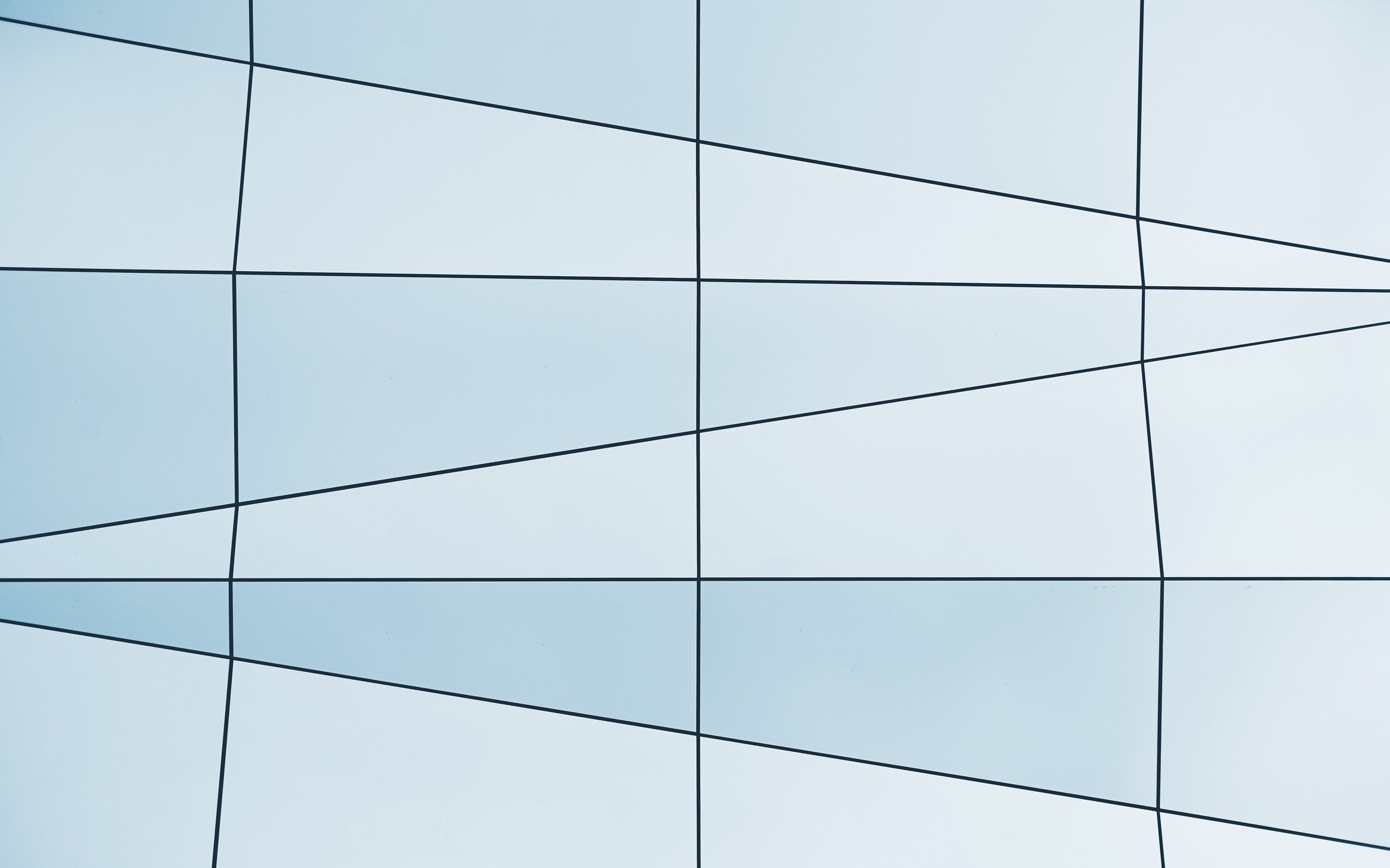Creativity is just simple math. Here are the formulas to prove it.
Creativity can be defined as an ability to create new ideas by combining one or more existing ideas. Like adding, building and connecting - sounds a lot like simple arithmetic to me. The more I looked at this, I discovered that Creativity has some fundamental similarities with Mathematics. Both areas require creative thinking and problem-solving processes such as addition, subtraction and multiplication. Reckon you’re not that good at math? Turns out, you are more than likely engaging in maths in your creative practice…
Mathematics can indeed be defined as the general science of pattern and structure. Because art also involves patterns and structures, art and math relate to each other in many natural ways.” (Farsi and Craft, 2005)
Creativity can be defined as an ability to create new ideas by combining one or more existing ideas. Like adding, building and connecting - sounds a lot like simple arithmetic to me. The more I looked at this, I discovered that Creativity has some fundamental similarities with Mathematics. Both areas require creative thinking and problem-solving processes such as addition, subtraction and multiplication. Reckon you’re not that good at math? Turns out, you are more than likely engaging in maths in your creative practice…
Addition and subtraction
It may be reductive thinking, but I propose that there is a unifying connection between Addition and Subtraction as they can be considered the same process working in opposite directions. Addition works to group objects, ideas and thoughts together. The old Fashematics website (see end of post for link) was a hilarious example of reverse addition; the contributor looked at images of fashion couture and worked backwards to suggest their original inspiration from unrelated, and often innocuous objects.
Similarly, a mash-up demonstrates how music producers cut two parts of two separate songs apart, then stitch them back together to create something new. Simple subtraction and addition. The concept of mash-up moves from music to art through collage where cut and paste uses subtraction to isolate and fragment one image into singular parts, and then reassemble these pieces into new compositions by pasting seemingly unrelated objects back together again.
Multiplication and repetition
Multiplication can be defined as the repeated process of addition. While for me, multiplication dredges up memories of learning my times tables, repetition is used by artists and designers to create a sense of movement or point of interest. Repetition, and the act of repeating, creates new rhythmic patterns and places emphasis on a word, image or sound. Repetition of a beat, lyrics or the arrangement of notes can create a catchy hook.
Art and creativity are simple math
Creative Thinking requires an ability to see and recognize patterns, the fundamental ability of mathematicians who “start with some basic rules, then make any moves that fit those rules—which includes inventing additional rules and finding new connections between old rules.” (AAAS, 1990). It is not surprising therefore to find that each artist, author or mathematician is building and multiplying knowledge based on existing concepts and theories. These high functioning cognitive skills show a balance between right and left brain thinking; the ability to come up with complex solutions for multiple outcomes.
Clever, aren’t we…?
References/further reading on creativity and mathematics:
American Association for the Advancement of Science. (1990). The Nature of Mathematics. https://www.aaas.org/programs/project-2061
Farsi, C. and Craft, D. (2005). Mathematics and the Arts. University of Colorado, Boulder & Lakewood. http://staff.washington.edu/rockne/math-art.pdf
Gavosto, E.A. and O’Donnell, L.E. (2012) Learning with Technology: Similarities in Mathematics & Writing. University Press of Kansas.http://math.uoc.gr/~ictm2/Proceedings/pap431.pdf
Haren, F. (2004). The Idea Book. Interesting Books: Stockholm, Sweden.
Turner, M. and Fauconnier, G (2002) The Way We Think. Conceptual Blending and the Mind's Hidden Complexities. Basic Books: New York
Emily Wills is the creative director of surface pattern design studio, SURFACE 1°22. In her various manifestations, she has worked as a fashion designer, illustrator, curator, arts educator and printed textile designer. Emily founded the SURFACE 1°22 Design School in Melbourne, offering hands-on workshops and short courses in surface and textile design. Find out more on the SURFACE 1°22 Design School Facebook or Instagram.


